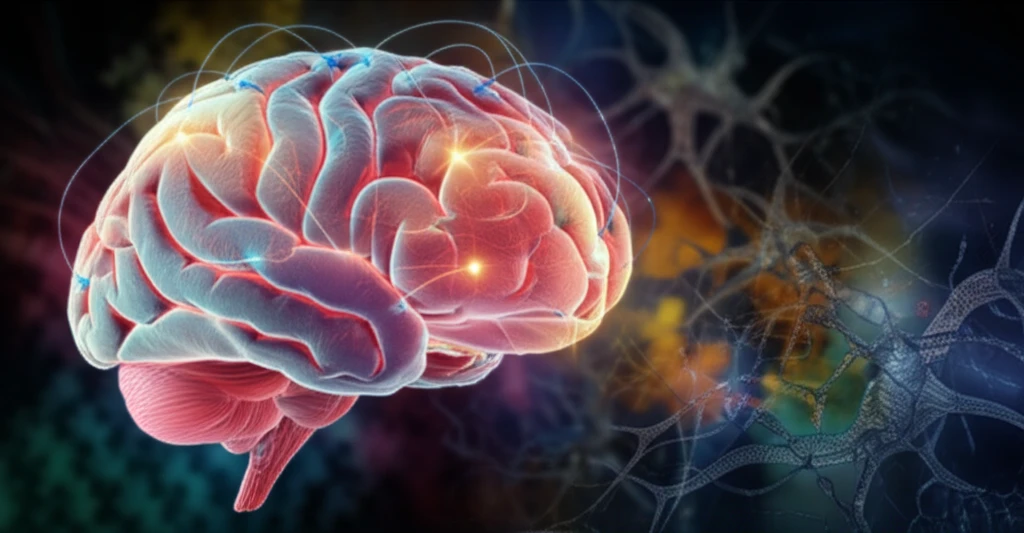
Decoding Autism: How Zinc and Brain Connections Shape Development
"New research illuminates the crucial role of zinc in the formation of brain synapses, offering potential insights into autism spectrum disorders and paving the way for future therapies."
The human brain undergoes rapid and complex development in early childhood, characterized by the formation and refinement of trillions of synaptic connections. These connections, or synapses, are the points of communication between neurons and are essential for learning, memory, and behavior. Disruptions in synapse formation and function have been increasingly linked to neurodevelopmental disorders, including autism spectrum disorders (ASDs).
ASD is a complex group of conditions characterized by challenges with social interaction, communication, and repetitive behaviors. While the exact causes of ASD are not fully understood, genetic and environmental factors are known to play a significant role. Among the environmental factors under investigation, the essential mineral zinc has emerged as a critical player in brain development and synaptic function.
Now, groundbreaking research sheds light on the intricate relationship between zinc, synapse formation, and ASDs. The study reveals how zinc influences the composition and function of AMPA receptors (AMPARs), key proteins involved in synaptic transmission. These findings may provide new avenues for understanding and potentially treating ASDs.
The Zinc-Synapse Connection: What the Research Reveals

The new study, published in Frontiers in Molecular Neuroscience, investigated the role of zinc in regulating AMPARs during brain development. AMPARs are responsible for mediating the majority of fast excitatory synaptic transmission in the brain, making them crucial for neuronal communication. The researchers focused on how zinc influences the subunit composition of AMPARs, which can affect their function and properties.
- Zinc Levels Fluctuate with Brain Activity: The study revealed that zinc levels at synapses increase transiently with neuronal activity. This increase in zinc triggers a cascade of events that ultimately lead to the incorporation of GluA2 subunits into AMPARs.
- Shank Proteins Mediate Zinc's Effects: The researchers identified two key proteins, Shank2 and Shank3, as essential mediators of zinc's effects on AMPARs. These scaffolding proteins are known to play a critical role in synapse formation and function.
- Zinc Recruits GluA2 to Synapses: The study demonstrated that zinc promotes the recruitment of GluA2 subunits to synapses, while simultaneously dispersing GluA1 subunits. This shift in subunit composition alters the properties of the AMPAR, making the synapse more mature and stable.
Zinc and Autism: A Potential Link for Future Therapies
The research highlights the potential link between zinc deficiency or disrupted zinc dynamics and the development of ASDs. Given the crucial role of zinc in synapse formation and AMPAR regulation, ensuring adequate zinc levels during early brain development may be critical for healthy neuronal function.
It's important to note that this research is still in its early stages, and more studies are needed to fully understand the complex interplay between zinc, brain development, and ASDs. However, these findings offer a promising avenue for future research and potential therapeutic interventions.
Future studies could explore the potential benefits of zinc supplementation or other interventions aimed at improving zinc signaling in individuals at risk for ASDs. By targeting the underlying mechanisms of synapse formation and function, it may be possible to develop more effective treatments for these complex neurodevelopmental disorders.
